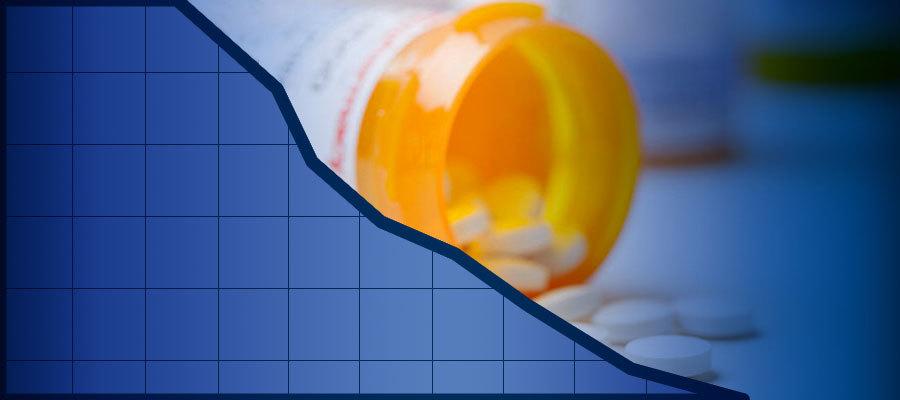Report: Opioid Prescriptions Falling; Out-of-Pocket Drug Costs Reach $58 Billion

The number of U.S. retail opioid prescriptions fell by 10.2% in 2017, including a 16.1% decline in high-dose prescriptions, according to a report released today by the IQVIA Institute for Human Data Science. The Centers for Disease Control and Prevention defines high-dose prescriptions as 90 morphine milligram equivalents or more per day. Total MME volume fell by 12%, or 23.3 billion, the largest annual drop in more than 25 years, according to the report. New opioid therapy starts fell 7.8%, while treatment starts for medication-assisted therapies nearly doubled to 82,000 prescriptions per month. The report also includes many other findings about drug spending, including that patients spent $57.8 billion in 2017 in out-of-pocket costs for medicines, including copays, coinsurance, payments during deductible phases of their insurance, or due to lack of insurance coverage.

